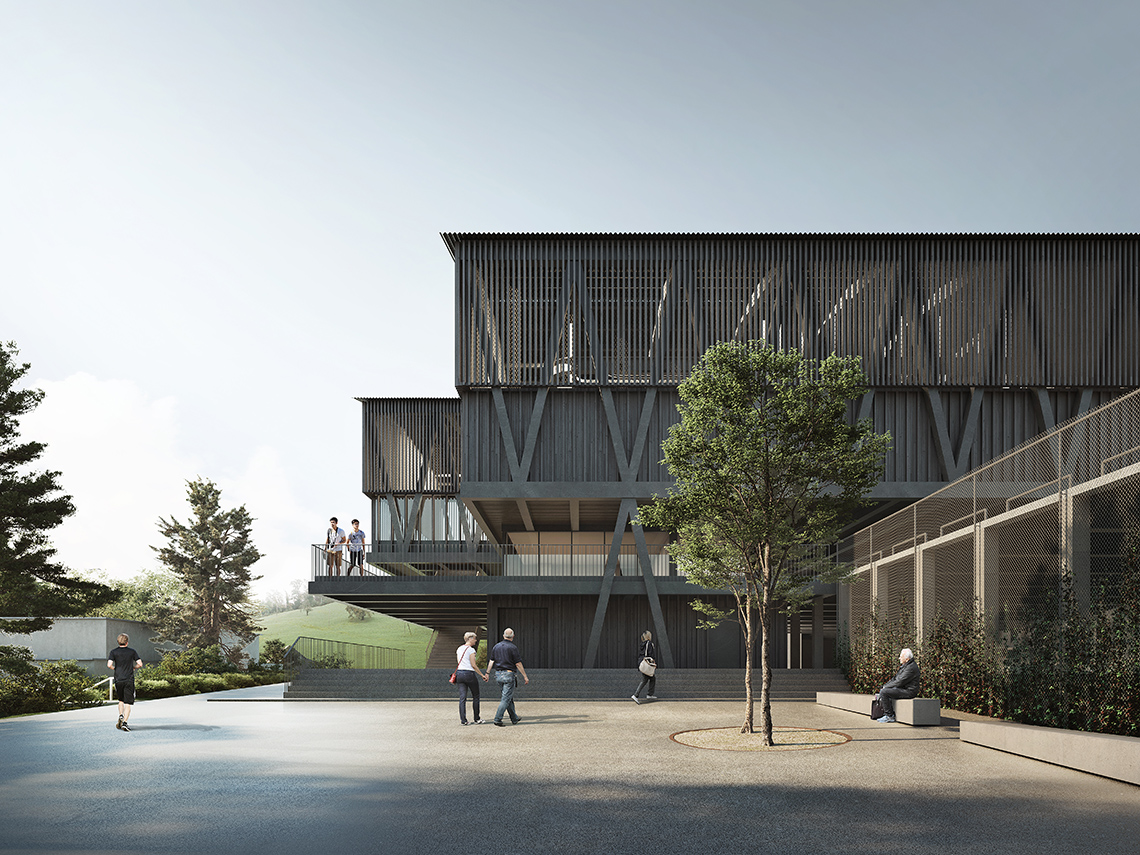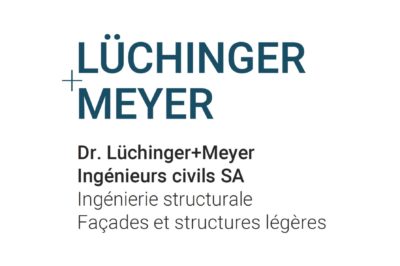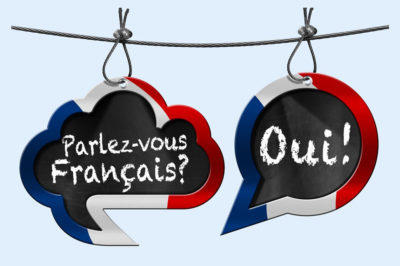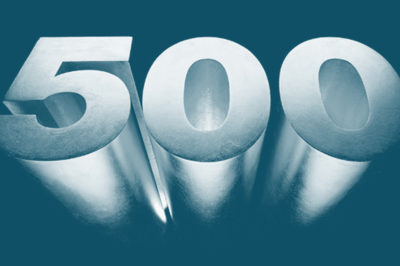
Competition RIGI BAHNEN AG – 2nd prize for «Brigitte»
The RIGI BAHNEN have been operating the existing cable car since 1968, providing access to Rigi-Kaltbad, which lies at 1453 metres above sea level. RB intends to replace the existing installation with a modern cable car. The competition for the project included the new construction and reconstruction of the valley and mountain stations, the extension of the car park, and the optimisation of the access to the cable car.
We would have been pleased to work on this project. Unfortunately, the draft “Brigitte” by Hosoya Schaefer Architects, Ghisleni Partner and Lüchinger+Meyer was ranked second in the competition RIGI BAHNEN AG. Despite the missed success, we are happy about the positive overall assessment of the jury. They acknowledged the project “Brigitte” as a mature and interesting contribution to the task. “The design is very carefully and sustainably worked out and shows […] well functioning statics and construction.” The buildings with simple forms and gable roofs are understood as association with rural architecture. “The wooden outer skin without windows, reminiscent of a barn, combined with the visible supporting structure of hollow box sections out of steel and wood is contextually motivated and has a surprising effect. This simple construction principle is appreciated”.
Steel truss girders made of hollow box sections that are up to eight meters high characterise the structural design of the bottom station. They bridge the parking facility below and span over 42 meters. The three trusses support the roof structure and the steel-concrete composite structures of the floors in the departure and gondola parking halls respectively. A composite construction method was also proposed for the parking garage, which is integrated into the existing topography.
The facades of the mountain and valley station primarily serve as weather protection and are developed as non-insulated constructions. Here, robust wooden planking is provided for the opaque facade areas while large-format laminated safety glasses are used for the transparent facade areas. In the inaccessible and exposed facade zones, the wooden planking is broken up and supplemented by a textile weather skin as protection against driving rain.





